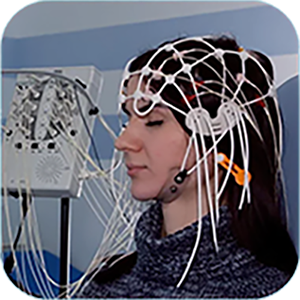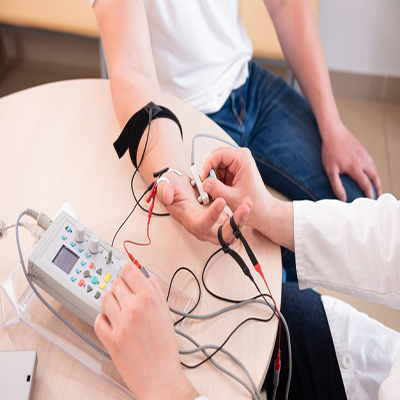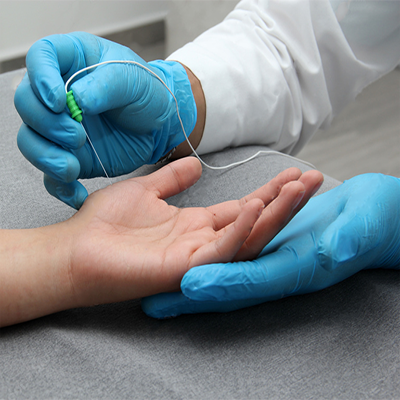
In House Treatments

An EEG (electroencephalogram) measures and records your brain’s electrical signals. During an EEG, a technician places small metal disks (electrodes) on your scalp. The electrodes attach to a machine that gives your healthcare provider information about your brain’s activity. Brain activity can help your provider diagnose and monitor conditions that affect your brain.Read

Ambulatory electroencephalography (EEG) monitoring is an EEG that is recorded at home. It has the ability to record for up to 72 hours. The EEG increases the chance of recording an event or abnormal changes in the brain wave patterns.
The EEG is used to record abnormal brain activity that could not be recorded with the regular 20 minute EEG recording. If abnormal activity only happens a few times a day or during certain times of the day, the EEG will be able to capture and record those events that would have been missed with the regular EEG. It can help a physician to diagnoses episodes or certain symptoms that are suspected to be due to seizures or capture electrographic seizures without symptoms (silent seizures).
This test can also be used if you continue to have seizures after trying different medications and to confirm or rule out the diagnosis of epilepsy.Read

A nerve conduction velocity (NCV) test — also called a nerve conduction study (NCS) — measures how fast an electrical impulse moves through your nerve. NCV can identify nerve damage.
During the test, your nerve is stimulated, usually with electrode patches attached to your skin. Two electrodes are placed on the skin over your nerve. One electrode stimulates your nerve with a very mild electrical impulse. The other electrode records it. The resulting electrical activity is recorded by another electrode. This is repeated for each nerve being tested.Read

Electromyography (EMG) is a diagnostic procedure to assess the health of muscles and the nerve cells that control them (motor neurons). EMG results can reveal nerve dysfunction, muscle dysfunction or problems with nerve-to-muscle signal transmission.
Motor neurons transmit electrical signals that cause muscles to contract. An EMG uses tiny devices called electrodes to translate these signals into graphs, sounds or numerical values that are then interpreted by a specialist.
During a needle EMG, a needle electrode inserted directly into a muscle records the electrical activity in that muscle.Read

